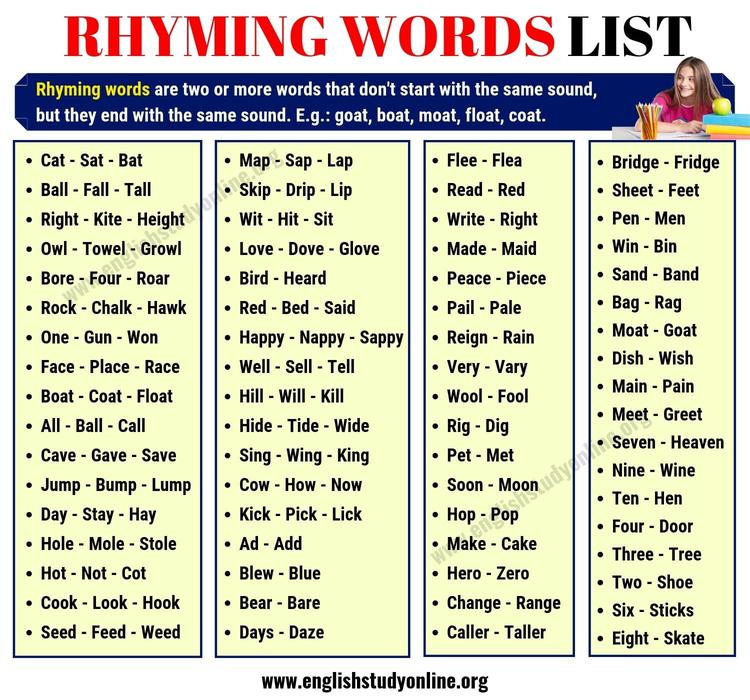Content
Theconceptofrhymecomesfrompoetry.Sincepoetry,therehasbeenthefactofrhyme,buttherewasnoconceptofrhymeinancienttimes.Therefore,GuYanwusaid,"IfthereisnorhymeinbooksfromtheHanandWeiandabove,knowingthatthischaractermustoriginateintheJinandSongdynasties."Inotherwords,therearerhymingfactsandphenomenainancienttimes,butpeoplehavenotanalyzedandsummarizedthisphenomenon,sothereisnotermtorefertothisphenomenon.
Theliteratioflatergenerationsgraduallynoticedthephenomenonthattherhymingofpoemrhymesformsthephonologicalbeautyofrhythm,andthentheconceptofrhymegraduallyappeared.Themeaningofrhymeisthatthewordsatthecorrespondingpositioninthesentencehavethesamesound,whichiscalledrhyme.Theso-calledthesamesoundisthesameattheendofthesyllableoftheword.
AsyllableofaChinesecharacterconsistsoffiveparts:initials,intermediatesounds(alsoknownasrhymes),yunfu,rhymingtail,andtones.Whichofthefivepartsarethesameas"samesound"?Thiscanbesummedupfromtheactualrhymeusedbytheancients.Fromtherhymingofpoems,wecanseethatthesameendingmeansthatthemainvowel(rhyme),theendoftherhymeandthetoneofthesyllablearethesame,whichiscalledrhyme.Amongthem,therhymesofSongCiandYuantunescanalsobeconnectedindifferenttones.Therefore,itcanbeseenthat"rhymebellyplusrhymetail"isthebasicunitofrhyme.Yunji".

Theso-calledrhymeintherhymebookistherhymeofrhyme.Thesamerhymebaseisthebasicrequirementofthesamerhyme.Differentgenreshavedifferentrequirementsforrhyming.Someonlyrequirethesamerhymebase,andsomerequirenotonlythesamerhymebase,butalsothesametone.Therefore,differentrhymebookshavedifferentconcepts.Forexample,therhymebooksofthe"Qieyun"seriesdistinguishtones.Hisrhymesarecharacterswiththesamerhymebaseandtones."ZhongyuanYinyun"doesnotdistinguishtones,andhisrhymesareonlycharacterswiththesamerhymebase.Therefore,todistinguishtheconceptof"rhyme"inancientbooks,itdependsonthesituation.
Rhymepartisarelativelylateconcept.BeforetheappearanceofancientphonologyintheQingDynasty,rhymebooksandphonologyonlycalled"rhyme"insteadof"rhyme".Theso-calledrhymeandrhymepartareactuallytherelationshipbetweenconnotationandextension.Chinesecharacterswiththesamerhymebasearecalled"rhyme";agroupofcharacterswiththesamerhymerelationshipformsa"rhymepart".BeforetheQingDynasty,boththerhymeandtherhymepartcouldbecalled"yun".SinceQingConfucianism,agroupofcharacterswiththesamerhymebaseisgenerallycalled"Yunbu",while"Yun"refersspecificallytotherhymebaseandthesametones
Yunbu
Rhyme,oppositetothevoiceofChinesesyllables,specificallyreferstothefinalsinthenarrowsense,andiscomposedoftherhymebaseandtonesofChinesesyllables.
Yunji(Mandarin)includes:a\o\e\ai\ei\ao\ou\an\en\ang\eng\er\i\u\ü.
Rhyme(Mandarin)includesfivetypes:Yinping,Yangping,Shangsheng,Qusheng,andQingsheng.
